The essential spices for chili include cumin, chili powder, paprika, cayenne pepper, oregano, garlic powder, and onion powder. These seven core spices form the foundation of any flavorful chili recipe, balancing heat, smokiness, and depth. Below, we'll break down each spice's role, proven combinations, and expert tips to master your chili every time.
Table of Contents
The Basics of Spices for Chili
Before diving into specific spices, let’s take a quick look at why spices matter in chili. They add complexity, depth, and aroma, turning simple ingredients into something magical. Some spices act as heat sources (like cayenne pepper), while others contribute smokiness, sweetness, or earthiness. A well-balanced blend can make all the difference between a bland pot and a culinary masterpiece.
Keep in mind that chili recipes vary by region—Tex-Mex, New Mexican, and Caribbean styles each have their own spice profiles. But no matter the style, there are some universal spices that work wonders.
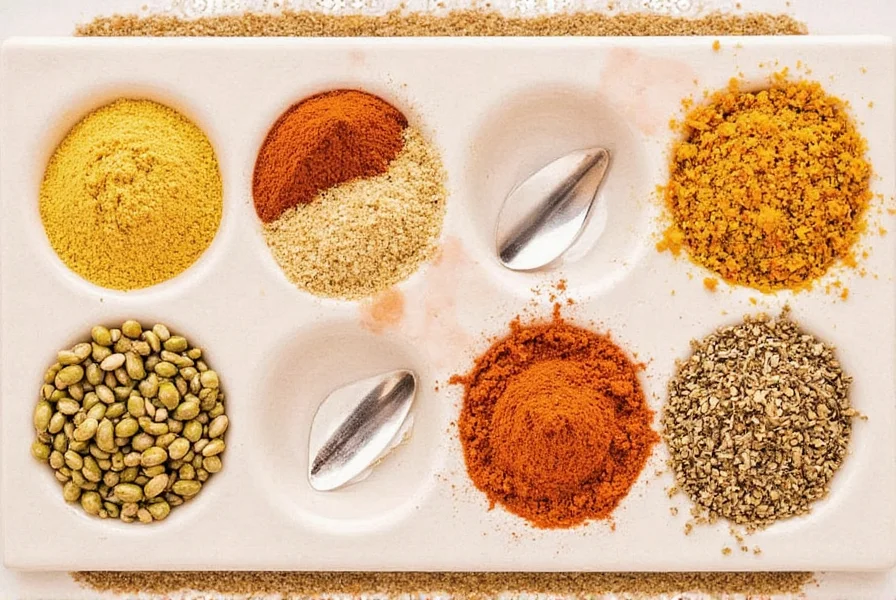
Essential Spices for a Flavorful Chili
If you're asking, "what spices to put in chili?" here are the must-haves:
- Cumin: Adds warmth and earthiness, a staple in many chili recipes.
- Oregano: Offers a slightly bitter, aromatic note that pairs well with tomatoes and beans.
- Chili Powder: A mix of ground chilies, cumin, garlic, and other spices—ideal for a quick base.
- Cayenne Pepper: For those who love heat, this adds a fiery kick without overwhelming the other flavors.
- Paprika: Smoky or sweet, paprika adds color and a rich depth to your chili.
- Garlic Powder / Fresh Garlic: Enhances savory notes and gives a nice punch of flavor.
- Onion Powder: Adds a concentrated onion flavor that enhances the overall taste.
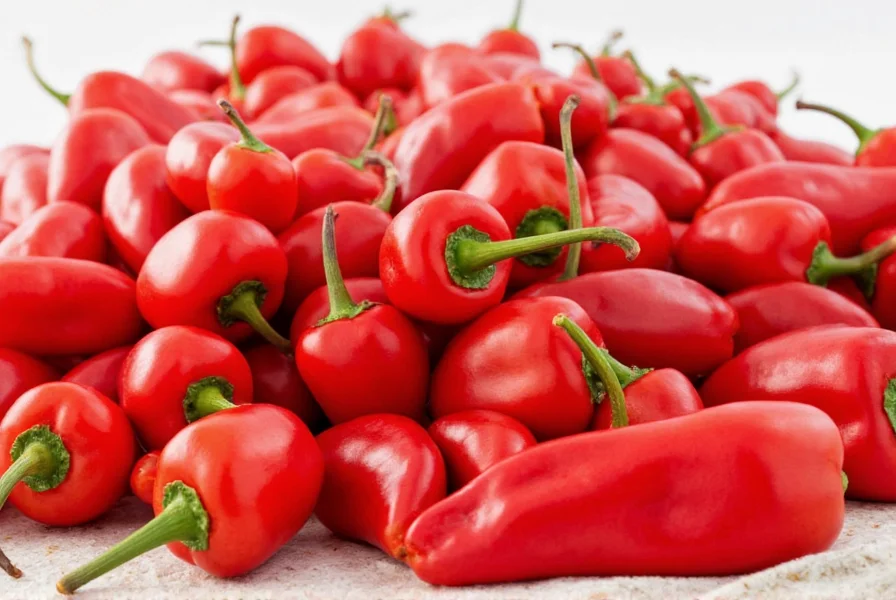
Spice Combinations That Work Wonders
While individual spices are great, combining them can lead to even more exciting results. Here are some classic and creative combinations:
| Spice Combination | Flavor Profile | Best For |
|---|---|---|
| Cumin + Oregano + Paprika | Earthy, smoky, and aromatic | Traditional beef chili |
| Cayenne + Chili Powder + Garlic | Spicy, bold, and savory | Heat lovers and Tex-Mex style |
| Paprika + Cumin + Coriander | Warm, nutty, and slightly sweet | Vegan or vegetarian chili |
| Smoked Paprika + Chili Flakes + Cinnamon | Smoky, spicy, and slightly sweet | Modern fusion or Southwestern style |
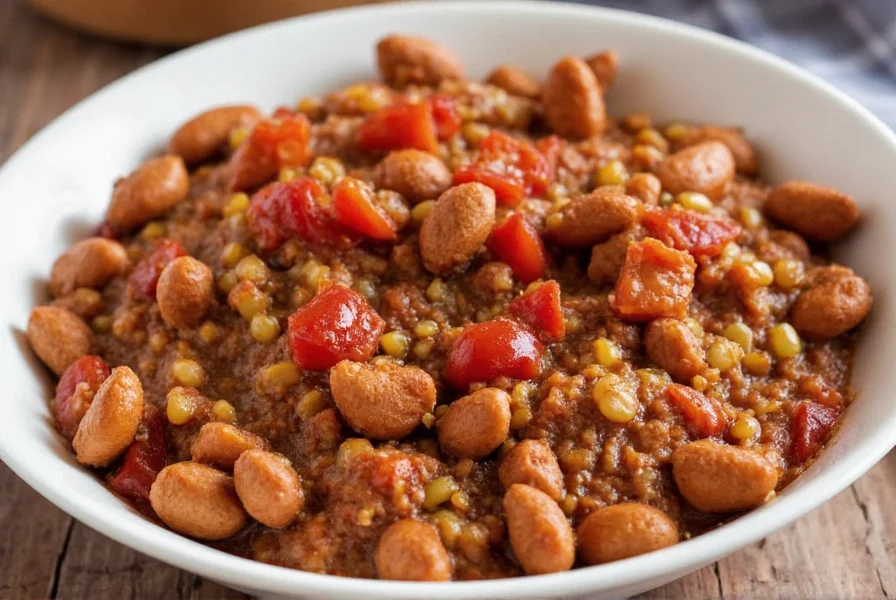
Cooking Tips for Perfectly Seasoned Chili
Knowing what spices to put in chili is only half the battle. How you use them matters too. Here are some pro tips to keep in mind:
- Toast the spices: Dry-roasting cumin, coriander, or chili powder before adding them to your chili can unlock deeper, more intense flavors.
- Layer the spices: Add some spices early in the cooking process for deep flavor, and others near the end for a fresh, vibrant finish.
- Balance the heat: If your chili is too spicy, add a splash of vinegar or a dollop of sour cream to tone it down.
- Use fresh herbs: A sprinkle of chopped cilantro or parsley at the end can brighten up the dish and cut through the richness.
- Experiment with ratios: Don’t be afraid to adjust the amounts based on your personal taste or the type of meat/beans you’re using.
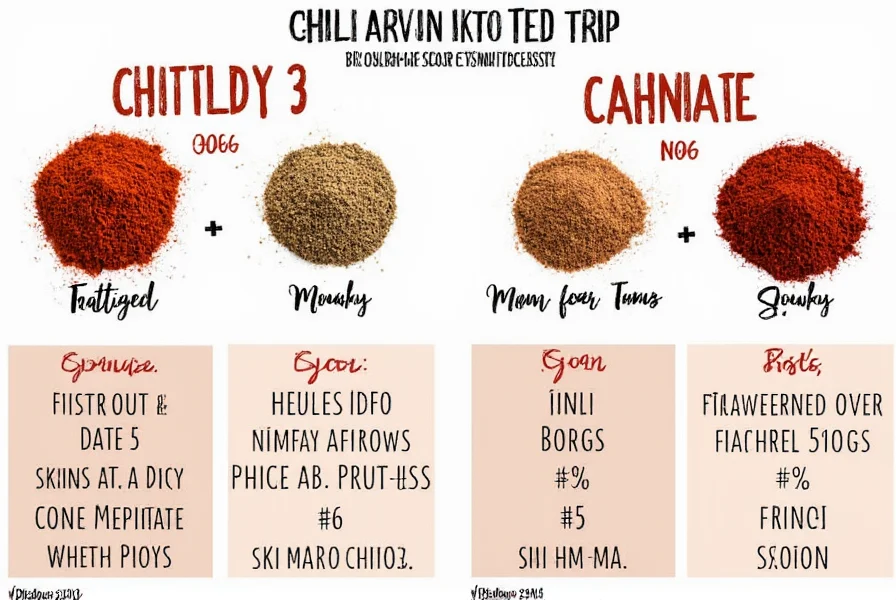
Buying Guide: Choosing the Right Spices
Not all spices are created equal. When choosing what spices to put in chili, consider the following factors:
1. Quality Matters
High-quality spices are fresher, more potent, and less likely to be adulterated. Look for brands that source directly from farmers and offer transparent labeling.
2. Whole vs. Ground
Whole spices like cumin seeds or peppercorns can be toasted and ground at home for maximum flavor. However, pre-ground spices are convenient and still effective if used within their shelf life.
3. Regional Variations
Some spices are region-specific. For example, Mexican chili powder often includes more cumin and less paprika, while Indian garam masala offers a complex blend of warm spices. Choose according to the style of chili you want to make.
4. Storage Tips
Store spices in airtight containers away from light and heat. Most spices last 6–12 months, but some like cumin or coriander may lose potency faster if not stored properly.
5. Special Occasions
For holidays or special dinners, consider premium spice blends or artisanal mixes. These can add an extra layer of sophistication to your chili.
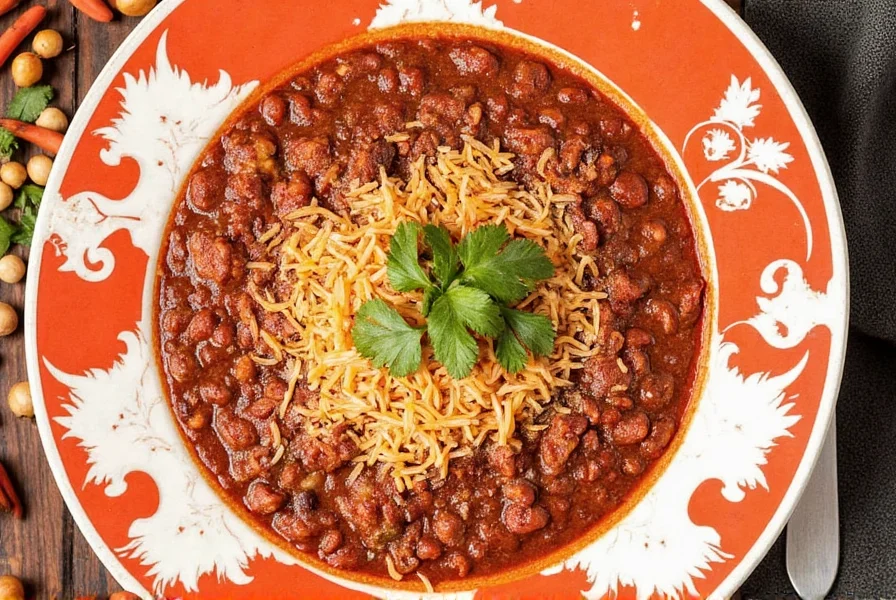
Recommended Products
Here are a few top picks for your chili-making needs:
- McCormick Gourmet Chili Seasoning: A versatile blend of cumin, oregano, garlic, and paprika. Great for beginners and busy cooks.
- Penzeys Spiced Cheddar Cheese Seasoning: Ideal for those who want a creamy, cheesy twist on traditional chili.
- Herbs & Spices by Mrs. Dash: A low-sodium option perfect for health-conscious cooks.
- Better Than Bouillon Chicken Base: Not a spice, but a great addition to enhance the depth of your chili broth.
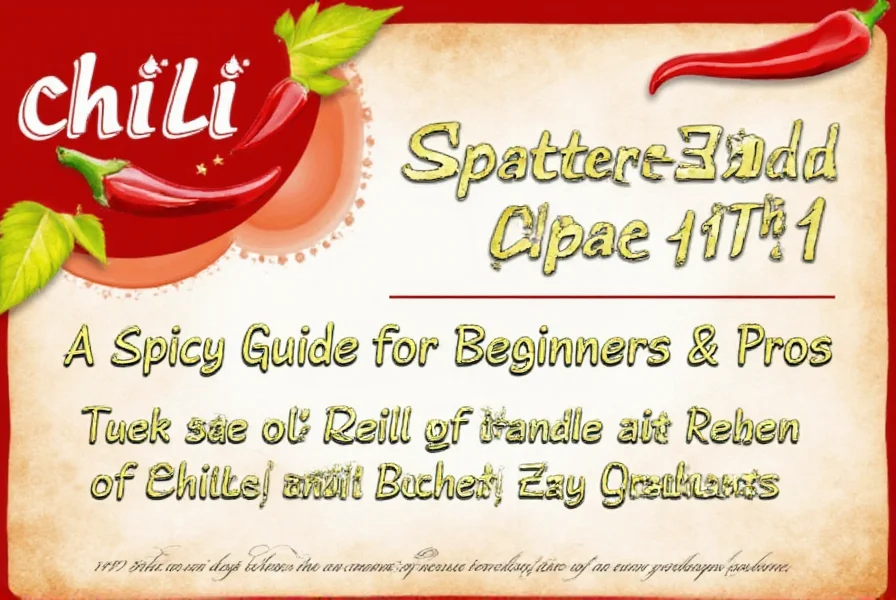
Frequently Asked Questions
What are the 3 most essential spices for chili?
Cumin, chili powder, and paprika form the holy trinity of chili spices. Cumin provides earthy depth, chili powder delivers foundational heat and complexity, while paprika (especially smoked) adds rich color and subtle sweetness. These three create the backbone that other spices build upon.
How can I make chili less spicy without losing flavor?
Add acidity rather than diluting with more liquid. Stir in 1-2 tablespoons of apple cider vinegar or lime juice to balance heat. Dairy like sour cream or yogurt works for individual servings, but for the whole pot, try ¼ cup of tomato paste or a peeled diced apple to absorb capsaicin while enhancing flavor.
Can I substitute fresh spices for dried in chili?
Yes, but adjust quantities. Use three times the amount of fresh herbs compared to dried (e.g., 1 tbsp dried oregano = 3 tbsp fresh). Add fresh herbs like cilantro or parsley only during the last 10 minutes of cooking to preserve their bright flavor. Fresh garlic and onions should be sautéed early like dried versions.
Why does my chili taste flat even with spices?
Flat flavor usually means missing acidity or salt balance. Add 1 teaspoon of vinegar or Worcestershire sauce to awaken flavors. Always season in layers—salt early when browning meat, then adjust at the end. Under-toasted spices also cause dullness; try dry-toasting cumin and coriander seeds for 30 seconds before grinding.
How long should spices simmer in chili for best flavor?
Ground spices need 20-30 minutes of simmering to fully integrate, while whole spices (like cinnamon sticks) benefit from 45-60 minutes. For layered complexity, add ⅔ of your spices when sautéing onions, then stir in remaining spices during the last 15 minutes for vibrant top notes. Avoid boiling vigorously after adding spices to prevent bitterness.
What spices work best in vegetarian chili?
Focus on earthy and smoky profiles: smoked paprika, cumin, and coriander form an excellent base. Add ½ teaspoon of cocoa powder for depth, and a pinch of cinnamon for warmth. Boost umami with dried mushrooms (powdered) or a splash of soy sauce. Omit cayenne if using heat-sensitive vegetables like zucchini.
Conclusion
So, what spices to put in chili? The answer lies in balance, experimentation, and a bit of creativity. From the foundational cumin and oregano to the bold cayenne and smoky paprika, every spice has a role to play. By understanding how these flavors interact, you can craft a chili that not only satisfies your cravings but also tells a story of taste and tradition.
Whether you're cooking for yourself, friends, or a crowd, remember that the best chili is one that reflects your personal style and preferences. So grab your favorite spices, fire up the stove, and let the magic begin!
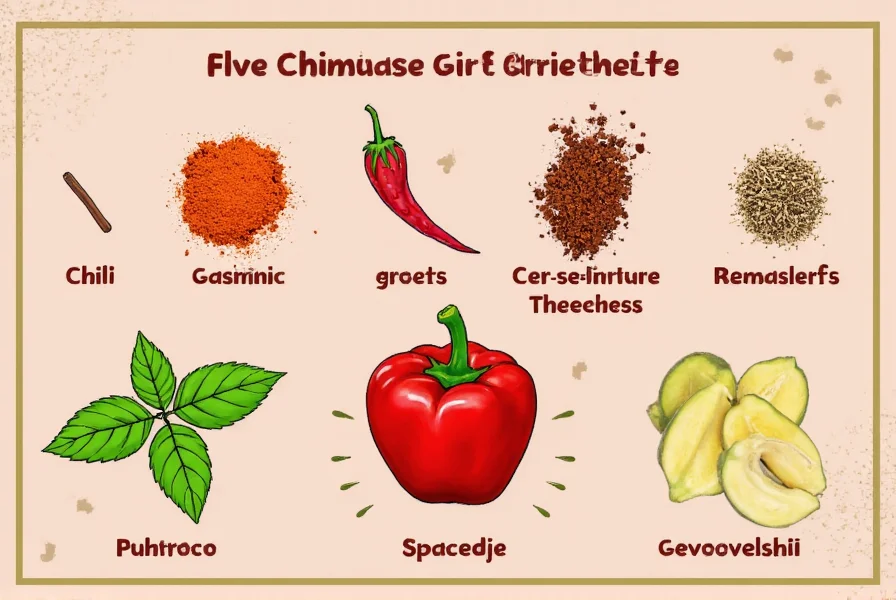











 浙公网安备
33010002000092号
浙公网安备
33010002000092号 浙B2-20120091-4
浙B2-20120091-4